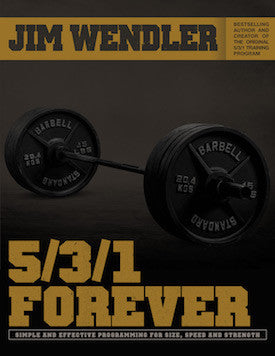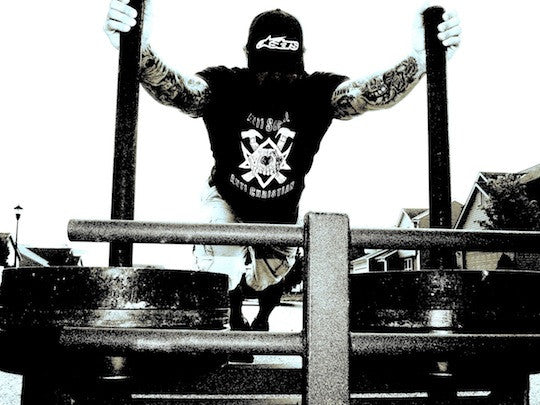The short answer is yes.
The “why” isn’t as simple.
It is my belief that everyone needs three things in their training program regardless of who they are: strength training, flexibility/mobility and some kind of conditioning. These three things are needed regardless of your level, goal or sport. Many people will need more than these three things but these things are the minimum. Of course, the goals you have will determine which area will receive a great emphasis. But everyone from a competitive athlete to the sedentary commuter needs to lift something relatively heavy, loosen their bodies and get out of breath.
For most of us that aren’t high level competitive athletes and are just men trying to get as strong as we can, conditioning offers the following benefits:
- Improved health (these have been widely documented) – especially for those that have a history of heart disease or high blood pressure.
- Improved recovery from heavy lifting sessions.
- Improved sense of well-being.
- Improved recovery between sets.
- Ability to do better work in the weight room – aka not out of breath all the time and be able to complete your training without driving yourself into the ground every single day.
How you condition will be determined by what your goals are, where your current training/fitness level is and your training background; of course there are some common sense rules when combined with a strength training program. Unfortunately, these common sense rules aren't terribly common; your conditioning is PART of your training and must be accounted for when designing your total program. You can't expect to the conditioning to exist independently from your strength training. The 5/3/1 Forever book drives this point home on how you do this, what simple rules to follow as well as specific guidelines of what to do with each of the programs. Don't buy into the "run around until you are out of breath" and expect it to work for long.

What is important is that you do it. At different points in our lives, certain activities call to us. Using myself as an example, there was a long time in my life where hills and pulling tires was my calling. I NEEDED this in my life. I wanted that feeling of abuse and the challenge. Very few of us are challenged physically. We may think that the weight room offers that challenge but a PR set of squats is much different than having to inch the Prowler for 40 yards with lungs and legs burning. Our lives are easy – too easy physically. On the converse, our brains and emotions are constantly being challenged. The mental stress in our world is at an all-time high. What better way to relieve this stress than to challenge our bodies and tap into a mindset that no longer gets challenged?
On the flipside of conditioning, you have “easy” or the standard conditioning. What this offers is a way to zone out and relax. A way to discipline yourself to adhere to a schedule. To escape the constant mind-hustle and the mental gymnastics that goes on all day and night.
It's easy to say “I don’t need to condition now” because many people technically don’t. But I guarantee you will. Just like the lean teenager doesn’t really need to lift, he will. And to develop the knowledge, discipline and most important, the HABIT of having conditioning. I am a perfect example of “not having to stretch” – I didn’t for years. And now I’m playing catch up – and always will be.
I’m not asking everyone to run a marathon a day or push the Prowler every morning – what I’m asking people to do is to have the foresight to realize that conditioning is an essential part of training. Leaving something out, one of the three pillars, always leaves a gap. And the sooner you realize your gap, the better of your life will be. On all levels.
5/3/1 FOREVER - Is the closest thing to one-on-one training you can get from a book. All of your main lifts, jumps and throws, supplemental work, assistance work, mobility AND conditioning are programmed into every training template. Then a fool proof method of how to transition from template to template to design your own life-long programming as well as a method to know when and how much to change your training max is described in detail. If you love training and lack consistent balance in all areas of training i.e. conditioning then this book will become your greatest training asset - titanium knick-knacks being the first.





